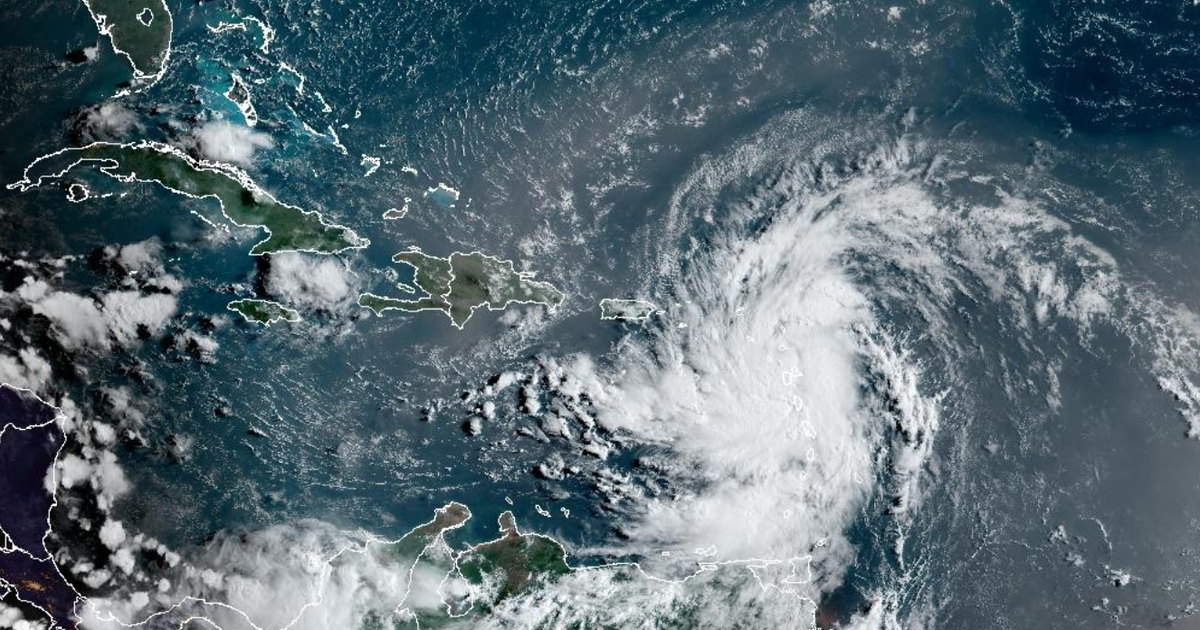Just days after Debby finished its trek along the U.S. East Coast, another system has developed in the Atlantic Ocean. The National Hurricane Center that Tropical Storm Ernesto has formed and is expected to hit near or over the Virgin Islands and Puerto Rico on Tuesday evening.
As of 8 a.m. ET, forecasters said Ernesto has maximum sustained winds of 45 mph and is moving at 18 mph. It’s expected to move across the Leeward Islands on Tuesday morning, which includes the islands in the northeastern Caribbean, and will be near or over the U.S. and British Virgin Islands and Puerto Rico by the evening. After it passes those islands, forecasters expect that it will strengthen over the next few days and could reach hurricane strength by Thursday north of the Greater Antilles, which would happen if the storm’s winds reach or surpass 74 mph.
National Hurricane Center
Winds currently extend up to 70 miles from the storm’s center.
CBS News senior weather producer David Parkinson said that “rain will be a far bigger player than wind,” when it comes to Ernesto.
The storm is expected to produce between 4 and 6 inches of rain over the Leeward and Virgin Islands, and 3 to 6 inches, and maximum amounts of 10 inches, over Puerto Rico. Storm surge levels could rise as much as 3 feet and bring “large and destructive waves.” The Leeward Islands could also see “considerable flash flooding and mudslides,” the National Hurricane Center said.
“Some models have been suggesting a foot is possible given the topography, so can’t rule out higher totals,” Parkinson said. “… The U.S. remains outside of the risk zone for direct impacts, but rip currents and larger waves will be a concern along the eastern seaboard.”
Ernesto marks the fifth named storm so far of the Atlantic hurricane season, which has already proven to be historic after Beryl reached record strength at the beginning of the season in above-averge temperatures of the Gulf of Mexico. NOAA has predicted an above-normal season, with 17-25 named storms, eight to 13 hurricanes, and four to seven major hurricanes.
The fifth-named storm typically does not occur until Aug. 22, according to NOAA.


